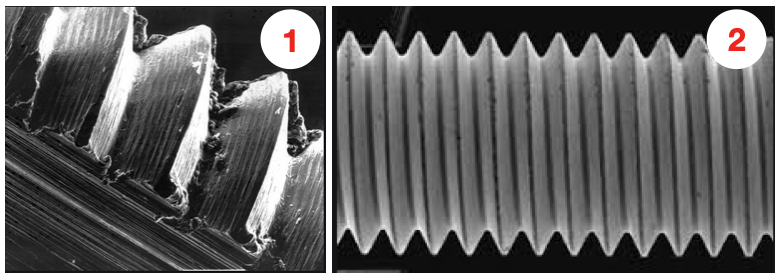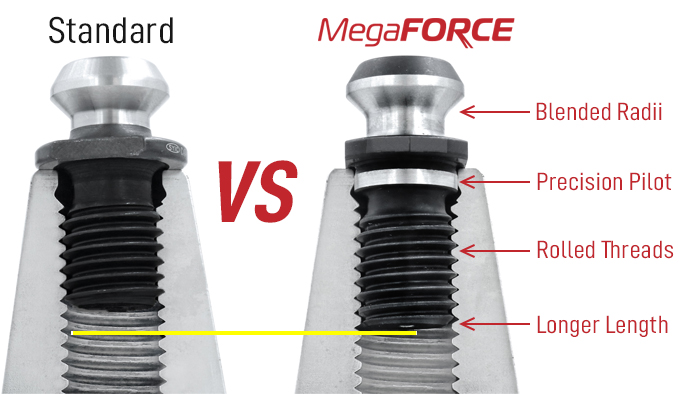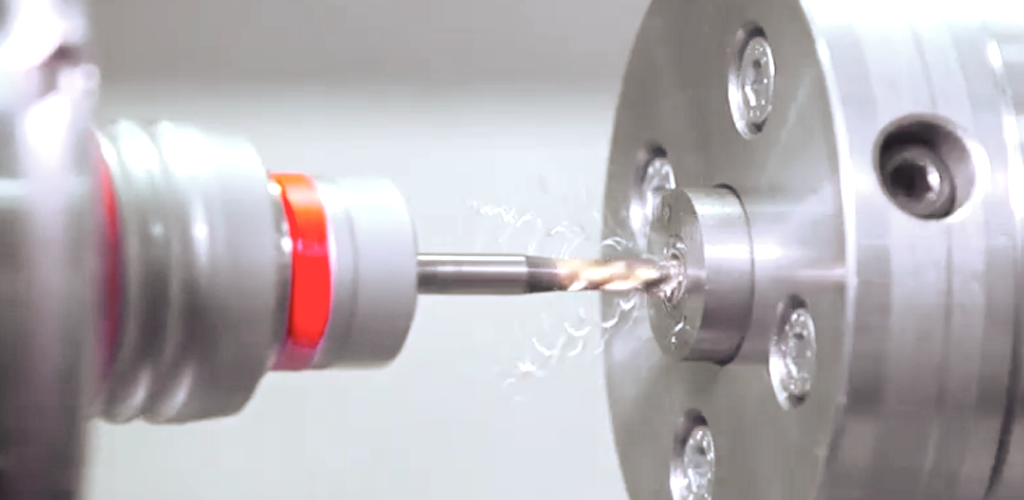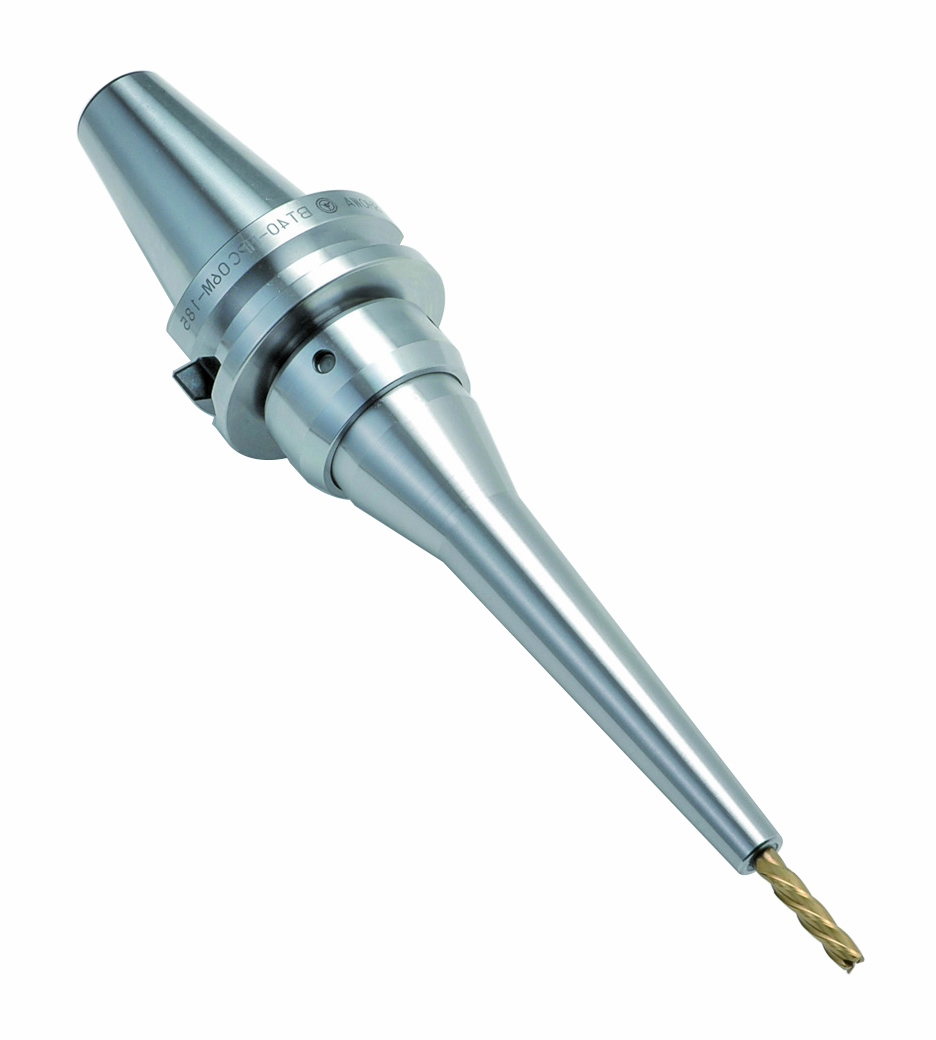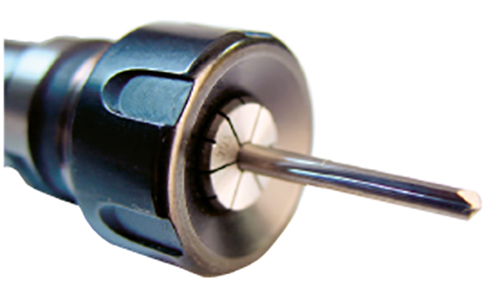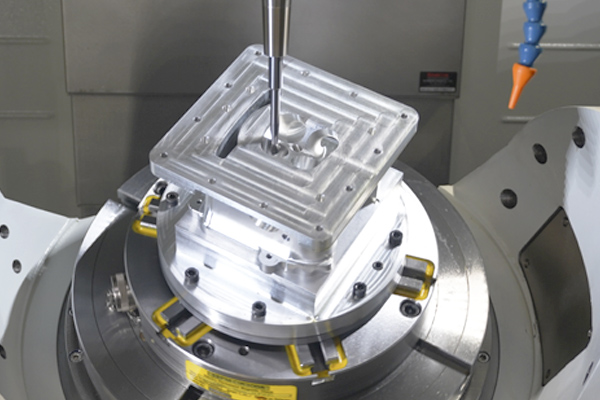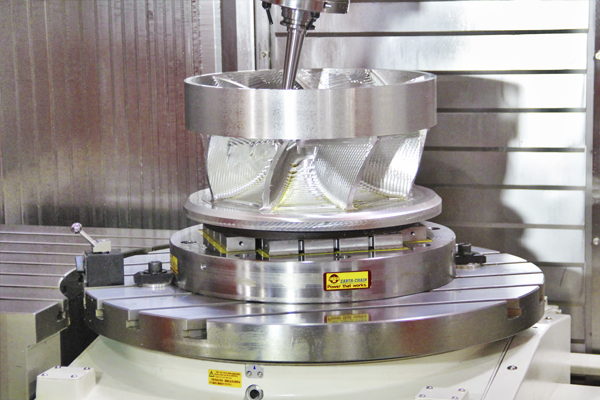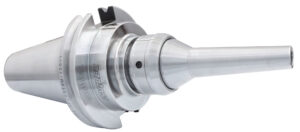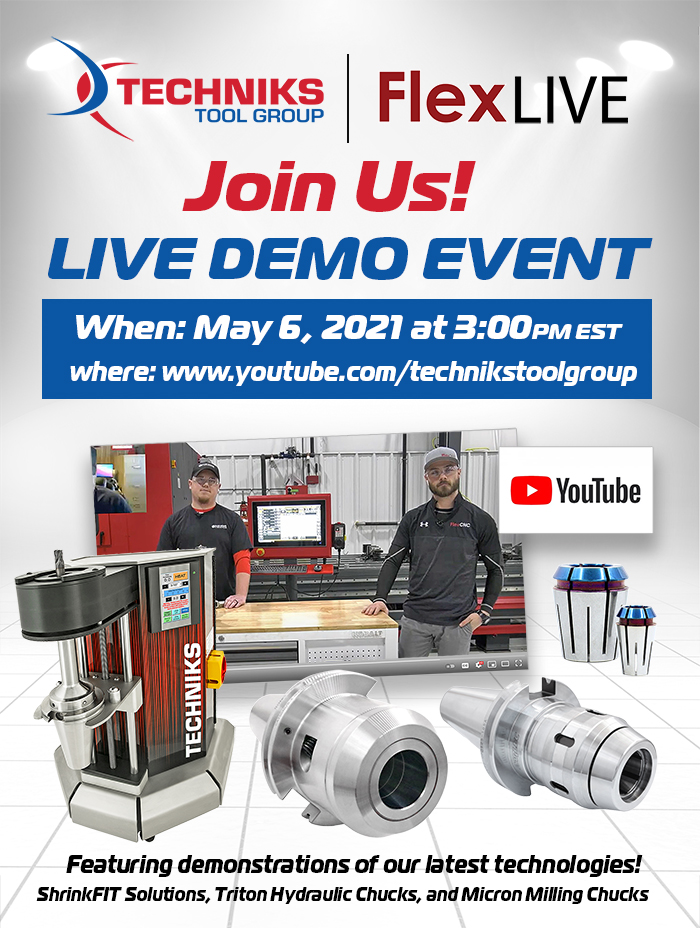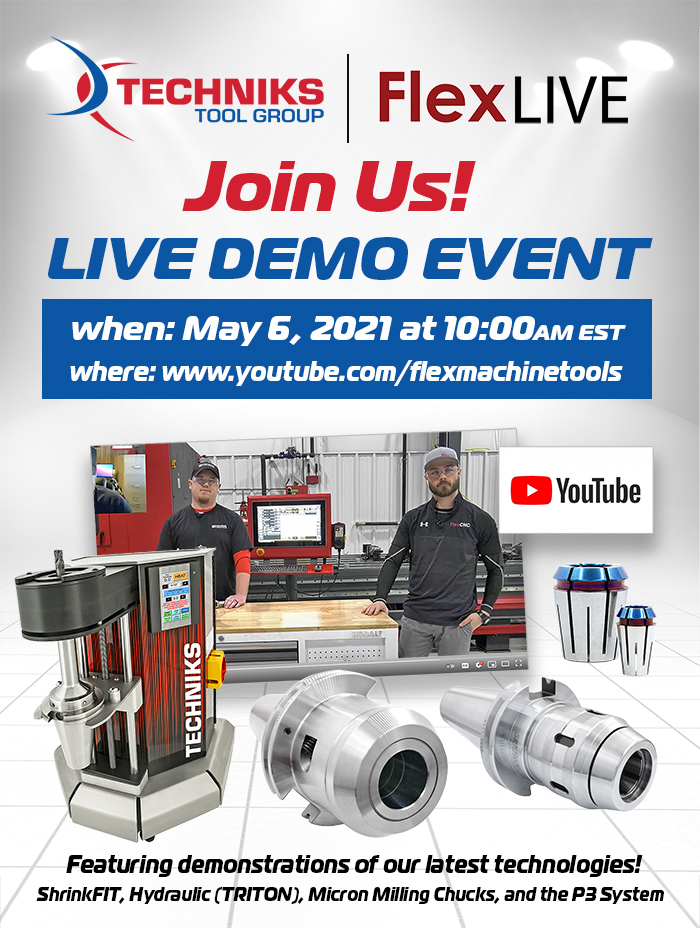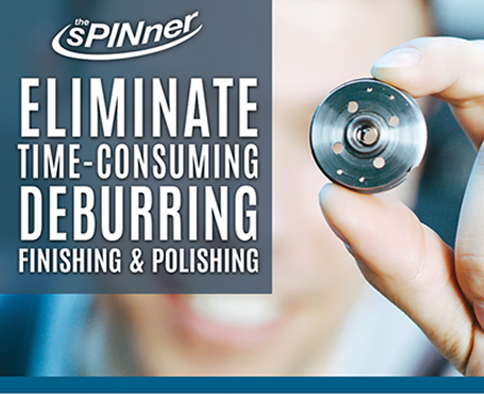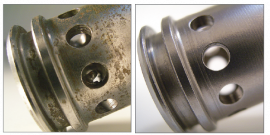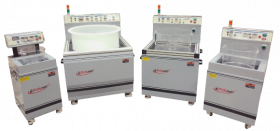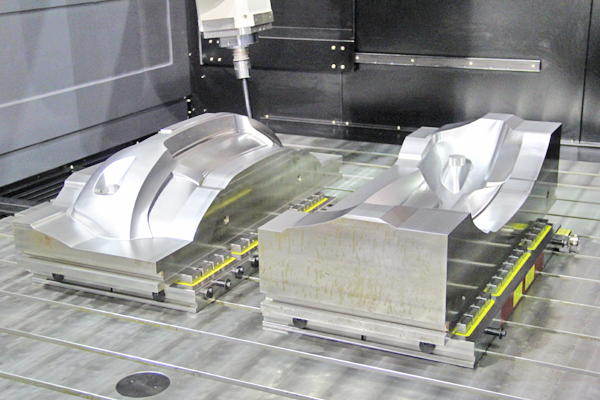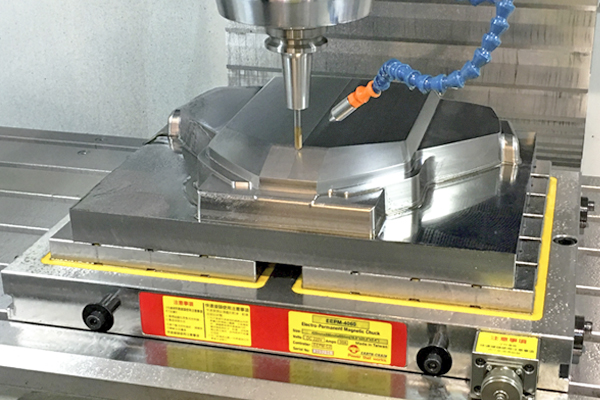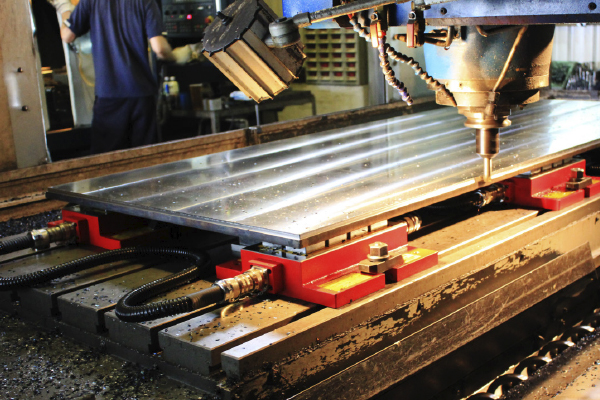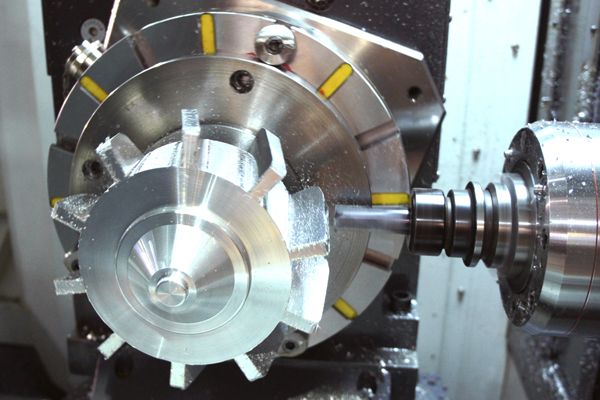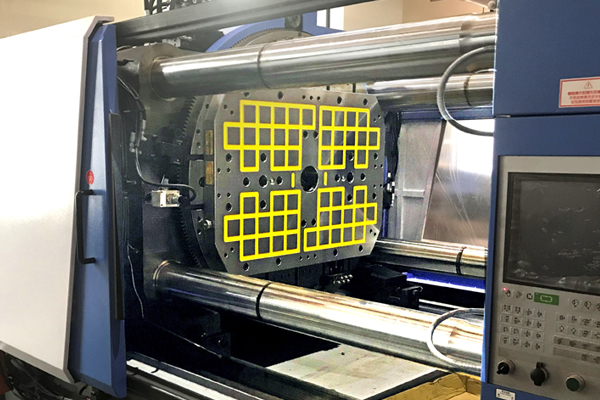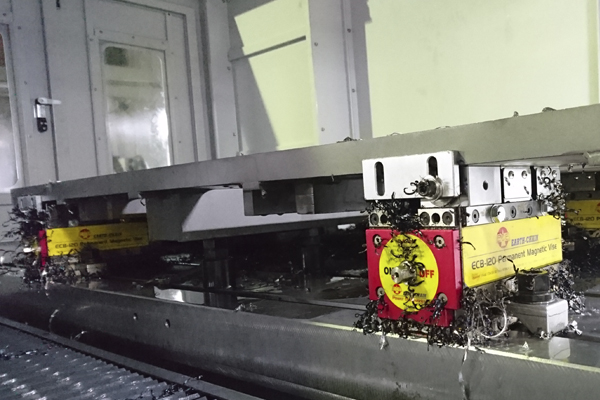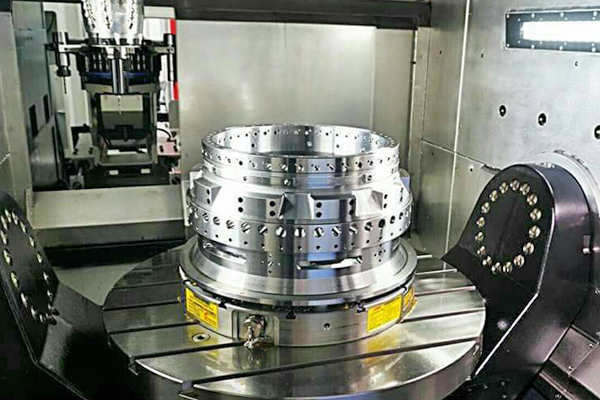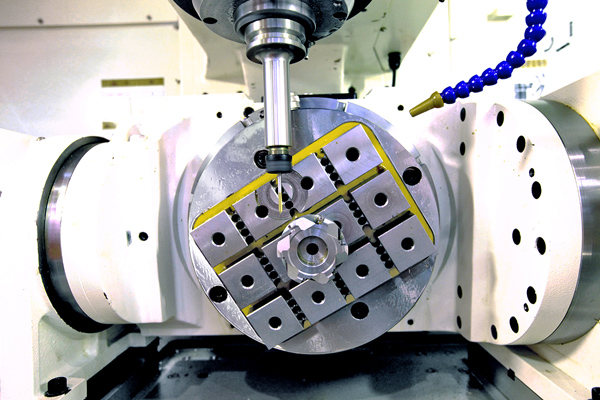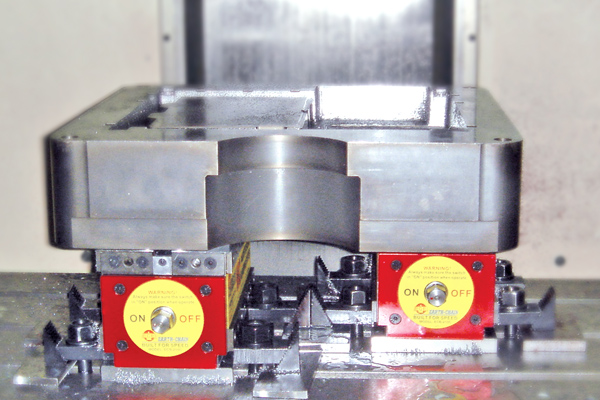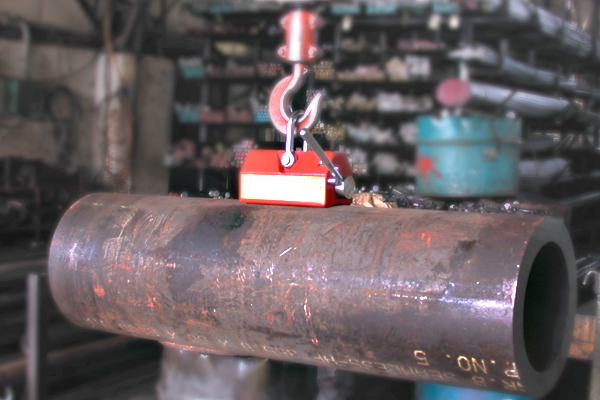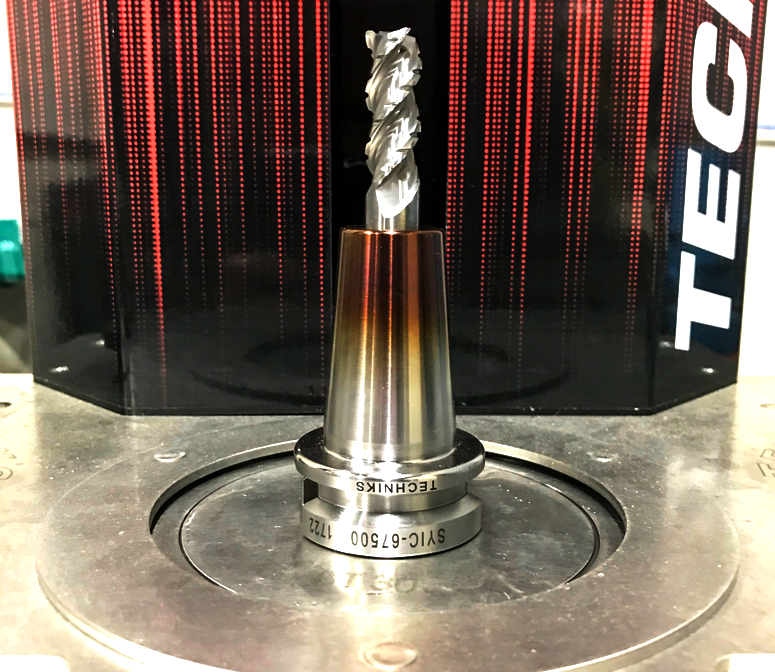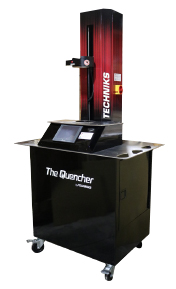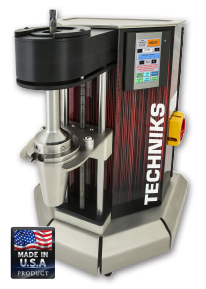Recent Posts
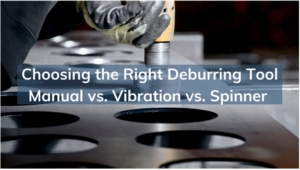
Choosing the Right Metal Deburring Tools – Manual vs. Vibration vs. Spinner | A Complete Guide
The combination of TTG and Eppinger offers our customers a convenient single source for the highest quality tooling solutions for CNC mills, lathes, and routers.
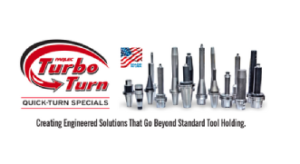
What is a turbo turn and how does it work in CNC tooling?
What is Parlec’s Turbo-Turn Parlec understands that manufacturers increasingly require customized tooling solutions to meet

Benefits of Using Lifting Magnets
Benefits of Using Lifting Magnets Lifting magnets offer a range of advantages in a variety
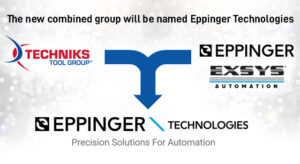
Techniks Tool Group announces the acquisition of ESA Eppinger GmbH and EXSYS Automation
The combination of TTG and Eppinger offers our customers a convenient single source for the highest quality tooling solutions for CNC mills, lathes, and routers.
Triton Hydraulic Holders - Achieve the ultimate accuracy.
Triton Hydraulic Chucks deliver repeatable accuracy of <0.003mm to meet your most exacting tolerances.
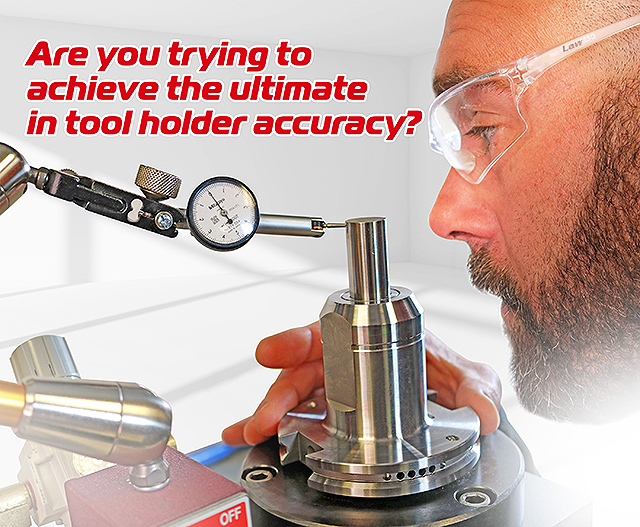
Triton hydraulic hydraulic chucks feature a thicker wall construction and more compact hydraulic design that concentrates the clamping force on the tool shank, increasing holding power up to 350% compared standard hydraulic chucks. The increased holding power enables Triton chucks to be used for heavy milling applications in addition to more typical operations like drilling, reaming, thread milling and finish milling.
Why Triton Hydraulic Holders
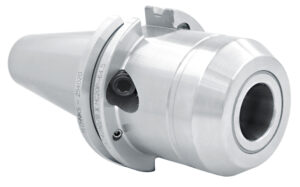
The chucks can hold shank diameters ranging from 1/8” to 1 1/4” by using reduction sleeves. We also offer reduction sleeves treated with its TTG-594 compound, that increase the holding power. Triton chucks are available in standard and dual-contact CAT 40/50, standard and dual-contact BT 30/40, and HSK 63A/100A.
It’s all in the palm of your hand!
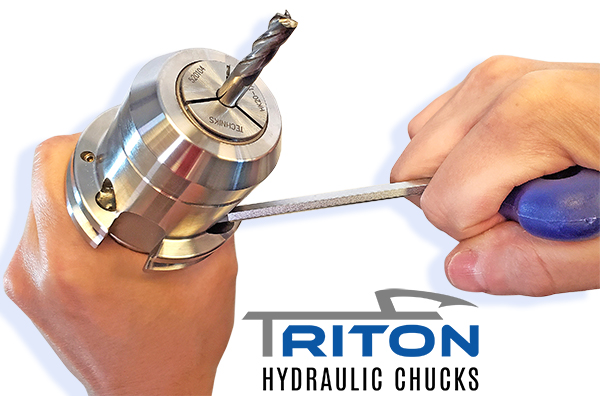
The new Triton Hydraulic Chucks from Techniks raise the bar in terms of what you can expect from hydraulic tool holders.
Built-in Accuracy
Triton Hydraulic Chucks deliver repeatable accuracy of <0.003mm to meet your most exacting tolerances.
The Strength to Handle Your Toughest Applications
A redesigned hydraulic bladder delivers 3.5X the gripping force of standard hydraulic chucks and thicker bore walls provide greater stability in high material removal applications.
Flexible and Secure
Reduction sleeves give you the flexibility to hold any shank diameter. Reduction sleeves with bores of ½” or 12mm and larger have been treated with TTG-594 to create H-LOCKED; the world’s strongest holding force in a reduction sleeve!
Quiet in the Cut
Triton’s hydraulic bladder surrounds the tool shank and dampens vibrations, so tools run longer and quieter producing superior surface finishes and extending tool life.
Snappy Tool Changes
Change tools with just a hex wrench; no tightening fixtures, no torque wrenches, no hassle!

Mike Eneix
Mike joined Techniks Tool Group in 2001 and launched the manufacturer’s representatives and distribution network for Techniks. Mike has served as VP of Sales since 2014 and managed the integration of Parlec’s sales and marketing teams into the Techniks Tool Group family. Mike’s extensive field experience has provided him a unique insight on manufacturing challenges and their solutions through optimized tool holding and work holding configurations across a broad range of industries.
- Categories: Tech Tips Blog



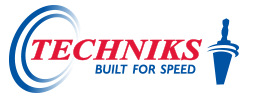

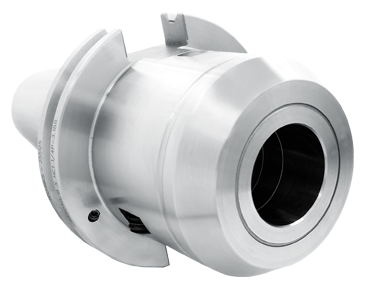
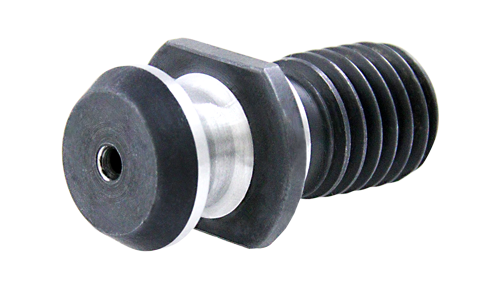
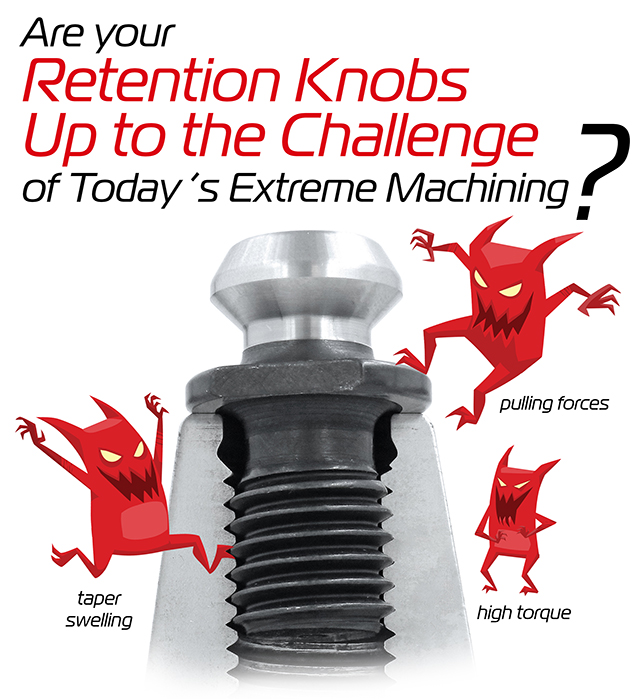
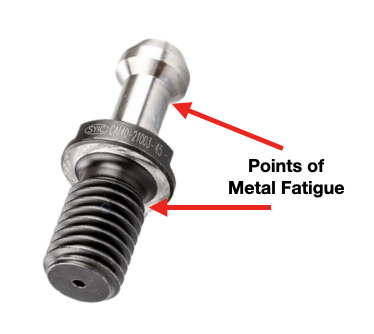 Pull studs encounter catastrophic failure as a result of
Pull studs encounter catastrophic failure as a result of 